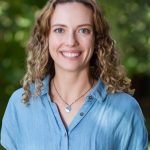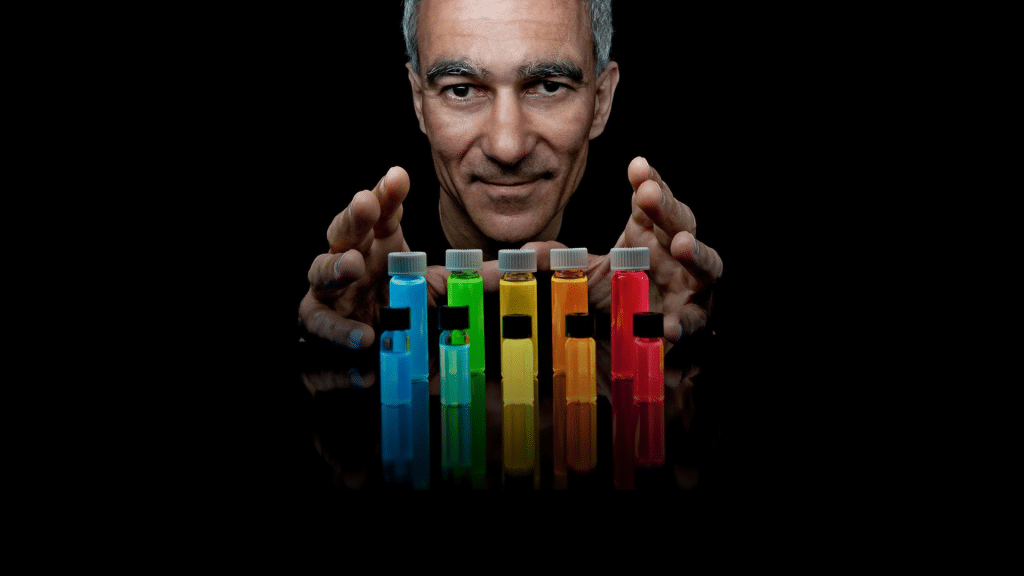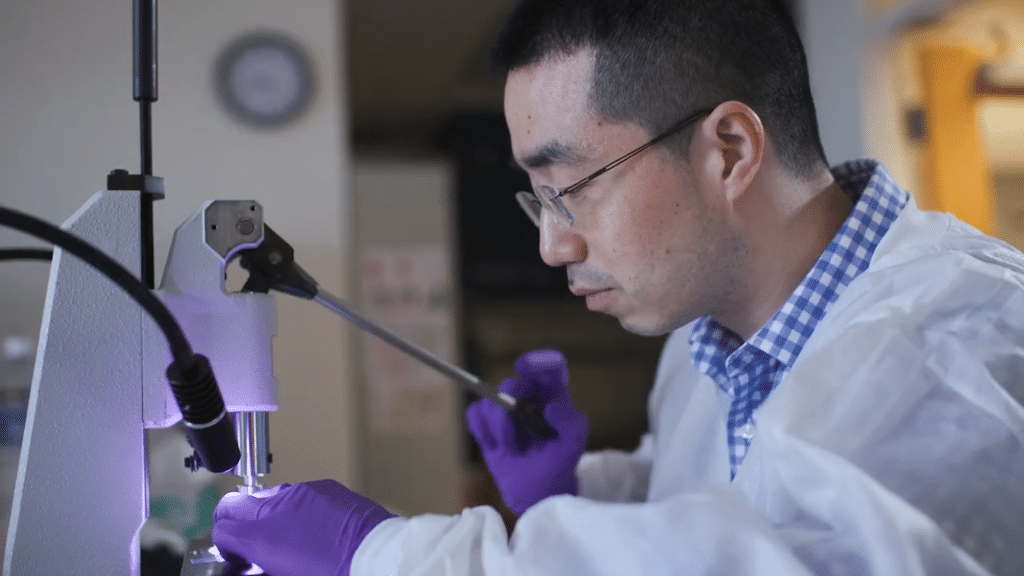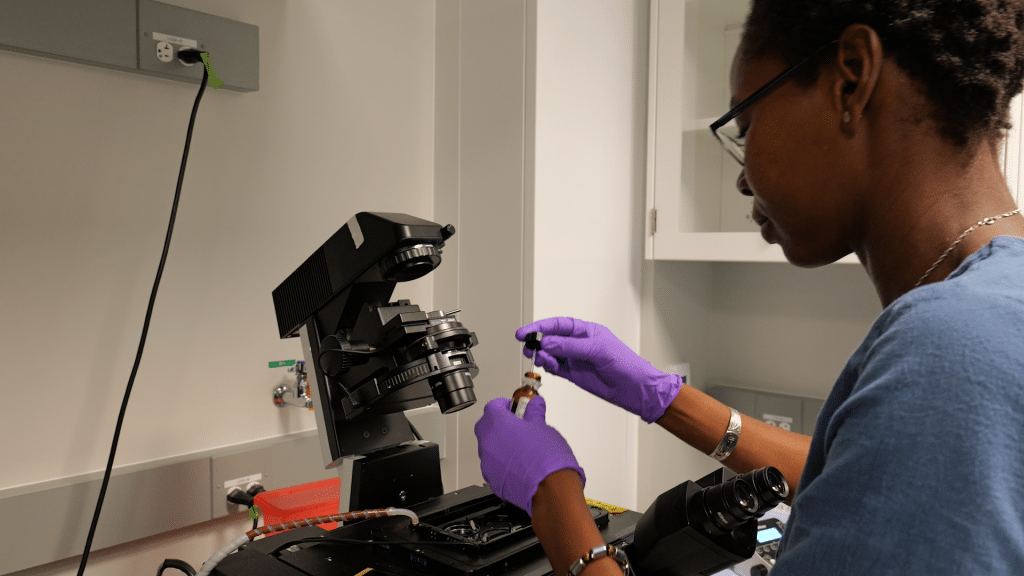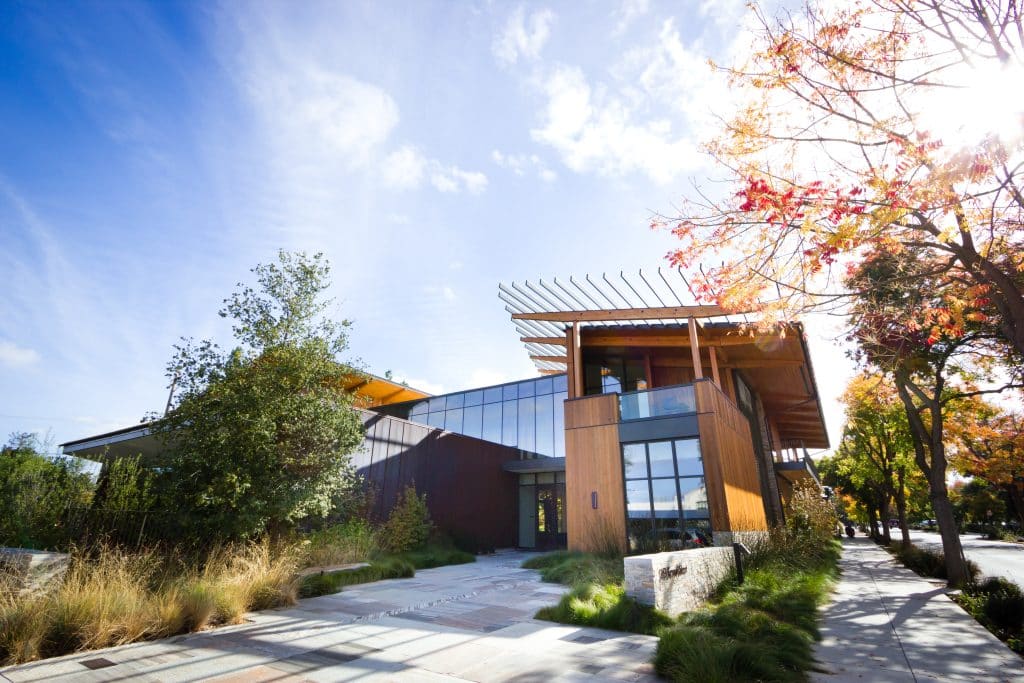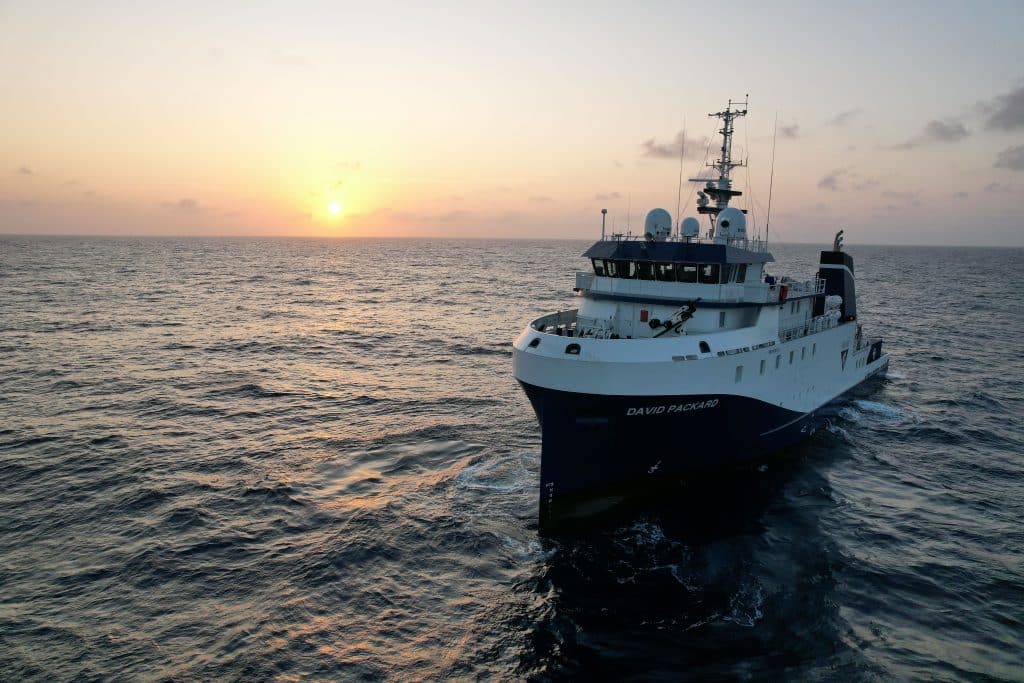When Dr. David Baker opened his brand-new lab at the University of Washington in 1994, one of the first things he did was apply for a Packard Fellowship for Science and Engineering. At the time, the lab was small and experimenting with protein folding, understanding how amino acid chains fold into three-dimensional shapes that determine a protein’s function.
Proteins are vital molecules essential to life, present in every organism. They drive almost all biological functions, including cell signaling, gene expression, metabolism, immune defense, muscle contraction, and DNA replication. So, getting to the bottom of how they work would unlock all kinds of insights into long sought after questions about biology.
But as Dr. Baker dug deeper into protein folding, he started to get excited about a new line of inquiry: was it possible to predict the structure of a protein based solely on its sequence of amino acids?
Starting down this path would eventually lead to Baker winning a Nobel Prize in Chemistry 30 years later.
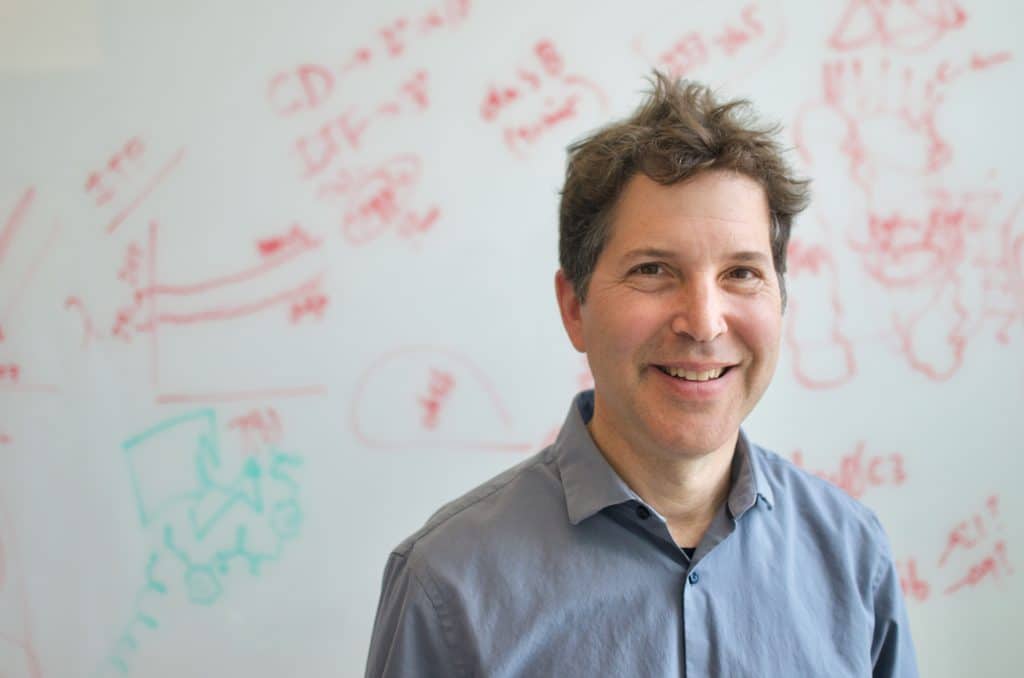
“Unrestricted funding lets you, at every stage, take the most exciting, most open-ended, highest potential value route and you can't just anticipate that in advance because you don't have the information.”
Dr. David Baker
In October of 1999, Baker was awarded a Packard Fellowship. The Packard Fellowship is awarded annually to about 20 innovative early-career scientists and engineers pursuing new ideas in research. Today, each Fellow receives $875,000 in funds that they can use over five years in any way they choose.
Though Baker had initially applied for the Fellowship with details about his protein folding work, the flexibility of the Fellowship allowed Baker to shift his research to focus on this newer question about protein prediction.
“It was really completely different,” said Baker. “Instead of doing wet lab experiments, we were developing computer algorithms, and I don’t think anyone would’ve given me a grant to do that as I didn’t really have any previous experience working on that problem.”
A few years later, the Baker lab launched Rosetta, a computer software that could successfully predict protein structures – a development that would change the field protein research in an exponential way. But this success led Baker to pursue yet another intriguing question; could the software be used in reverse to create entirely new proteins? If Rosetta could take in an amino acid chain and tell you what protein structure it would adopt, flipping the recipe would mean taking in the characteristics of a protein desired by the lab and then inventing the right amino acid sequence to produce them. So, Baker and his lab took another major pivot into protein design.
“This whole notion of being able to write down a five-year plan doesn’t really hold water,” said Baker. “Unrestricted funding lets you, at every stage, take the most exciting, most open-ended, highest potential value route and you can’t just anticipate that in advance because you don’t have the information.”
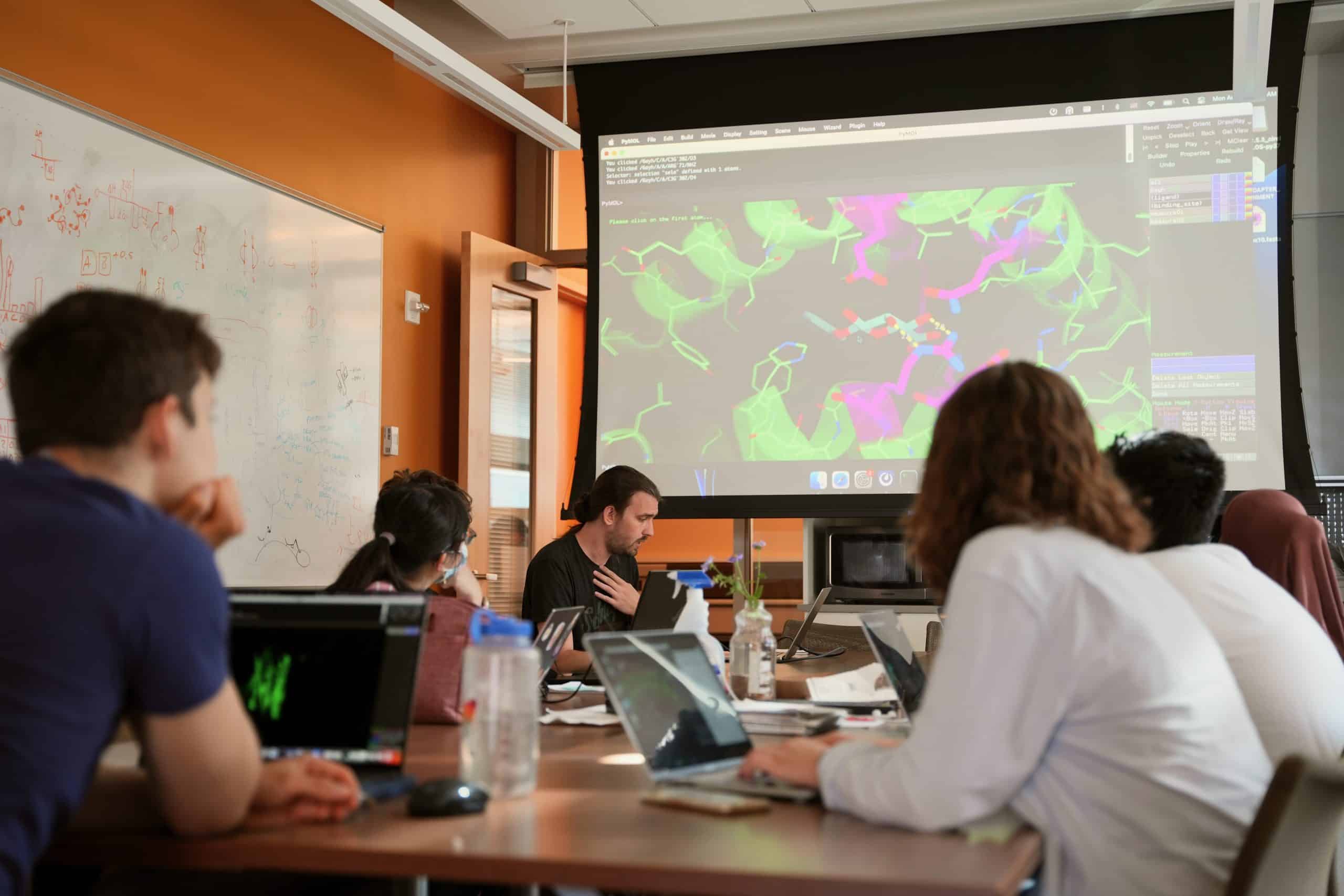
By 1999, at the end of his Packard Fellowship, Baker’s lab was not only successful in predicting protein structures but was also starting to design entirely new proteins with sequences not found in nature.
Since then, Baker’s lab and many others have been applying this technology to design proteins that solve challenges in medicine – new proteins that can be used as pharmaceuticals, vaccines, nanomaterials, and tiny sensors.
For this work, Baker shares the Nobel Prize in Chemistry alongside Demis Hassabis and John Jumper of Google DeepMind who developed an AI model that has, over time, predicted the structure of virtually all 200 million proteins that researchers have identified in nature.
With his new proteins, Baker said that they have been primarily focused on applications in medicine, but that his lab is starting to think about problems in sustainability, like proteins that can break down plastic, absorb greenhouse gases, improve photosynthesis, and form new types of materials.
“There are so many important problems that can be now approached using protein design,” said Baker. “I’m excited that there are all these brilliant people who are now, well, less than half my age, coming to the lab who want to try and break open new frontiers in these areas.”
Baker didn’t go into protein research with any of these future impacts in mind, and many of them were perceived as impossible 30 years ago. He emphasized the importance of pursuing basic research without an end goal in mind.
“I would not have imagined where things ended up going, but I think that’s one of the great things about science and about life,” said Baker. “You could guess where things are going, but you probably are going to be wrong.”
